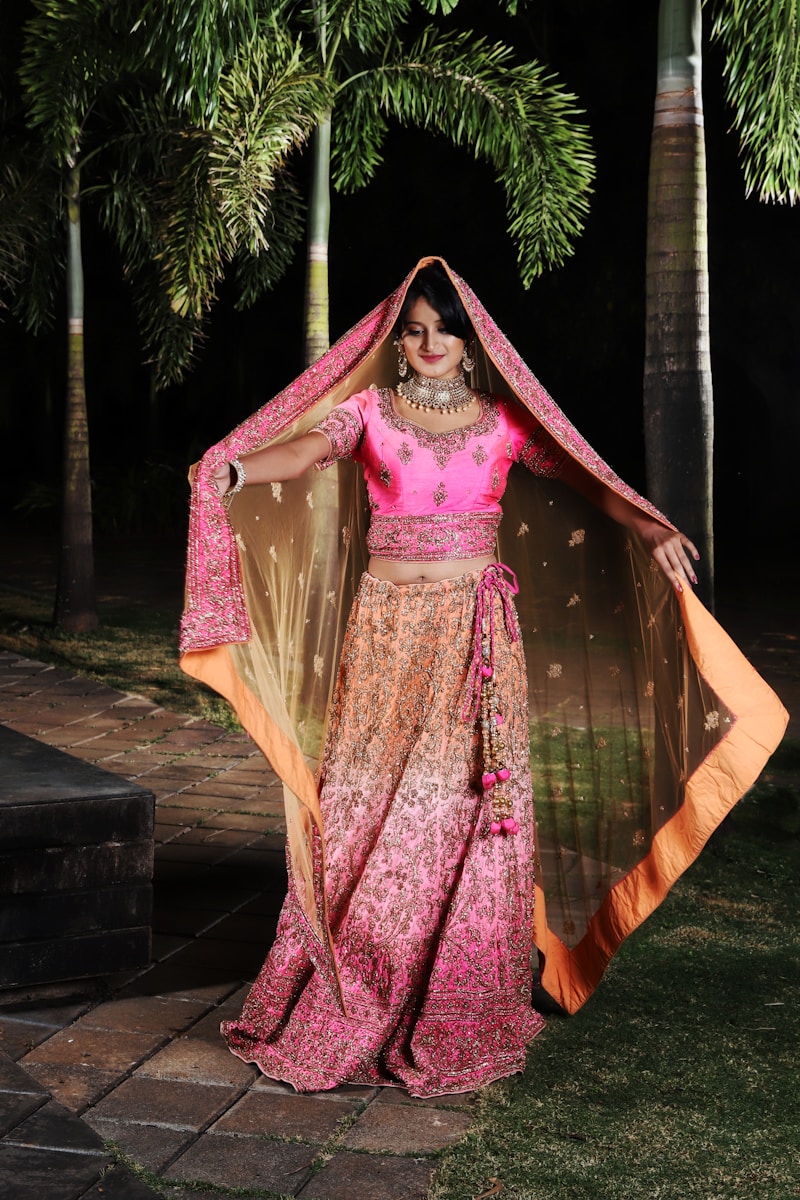Balancing Cost and Quality in Bridal Gown Production: A Comprehensive Guide
Balancing Cost and Quality in Bridal Gown Production: A Comprehensive Guide
The Intricate Dance of Cost and Quality in Bridal Gown Production
When it comes to bridal gowns, every bride wishes to look stunning on her special day. However, the challenge lies in balancing cost and quality during the production of these elegant garments. In this article, we will explore how bridal gown manufacturers can achieve the perfect equilibrium between affordability and craftsmanship, ensuring that brides receive the gown of their dreams without breaking the bank.
Understanding the Importance of Quality in Bridal Gowns
The quality of a bridal gown is paramount, as it directly affects the bride's comfort and overall experience. A well-made gown not only enhances the bride's appearance but also boosts her confidence on a day filled with emotions. Factors contributing to quality include:
- Fabric Selection: Choosing high-quality fabrics such as silk, satin, or lace can significantly affect the gown's look and feel.
- Workmanship: Skilled artisans should craft the gown, ensuring meticulous stitching and attention to detail.
- Fit and Tailoring: A gown that fits perfectly is essential for comfort and style, requiring expert tailoring to achieve.
Cost Considerations in Bridal Gown Production
While quality is indispensable, costs are equally important. Budget constraints can often dictate the materials used and the level of craftsmanship. Here are key cost factors to consider:
- Material Costs: High-quality fabrics can be expensive, impacting the overall production cost of the gown.
- Labor Costs: Skilled labor is necessary for high-quality production, but it can also be a significant expense.
- Design Complexity: Intricate designs and additional embellishments can drive up costs.

Finding the Right Balance
Balancing cost and quality requires a strategic approach from bridal gown manufacturers. Here are some effective strategies that can be employed:
1. Material Sourcing
Bridal gown manufacturers should seek quality materials that offer a good balance between cost and durability. For instance, a mix of synthetic and natural fabrics can provide similar aesthetics at a lower price point.
2. Streamlined Production Process
Implementing an efficient production process can help reduce labor costs while maintaining quality. Techniques such as batch production and using modern technology can save time and money.
3. Tiered Pricing Models
Offering brides tiered pricing options for different gown qualities can attract a wider audience. Providing budget, mid-range, and premium options allows brides to choose what fits their budget and preference.
Market Trends in Bridal Gown Production
Understanding current market trends is vital for manufacturers to remain competitive. Here are some noteworthy trends:
| Trend | Description |
| Sustainable Practices | Brides are increasingly seeking eco-friendly options, prompting manufacturers to adopt sustainable materials and production methods. |
| Online Shopping | The rise of online bridal gown shopping has changed how manufacturers market their gowns, leading to greater price competition. |
| Customization | Offering personalized options enhances customer satisfaction and may justify higher price points. |
Challenges in Balancing Cost and Quality
While balancing cost and quality is essential, it comes with challenges:
- Material Shortages: Supply chain issues can lead to increased costs for high-quality materials.
- Customer Expectations: Brides often have high expectations that may not align with budget constraints, leading to dissatisfaction.
- Competition: With many players in the bridal gown market, standing out while maintaining quality at a competitive price can be tough.
Case Study: Successful Balancing of Cost and Quality
A successful bridal gown manufacturer in the UK, Bridal Elegance, has effectively balanced cost and quality by employing the following strategies:
- Using a combination of Italian lace and synthetic fabrics to reduce costs without compromising quality.
- Investing in a skilled workforce that specializes in efficient production techniques.
- Launching a rent-a-gown service, giving brides access to high-quality gowns at lower costs.
Conclusion
In summary, balancing cost and quality in bridal gown production is a multifaceted challenge. Manufacturers must be strategic in sourcing materials, optimizing production processes, and understanding market trends. By considering the needs and expectations of brides, they can deliver exceptional products that cater to various budgets while maintaining high standards of quality.
Recommendations
- Invest in skilled artisans to enhance the quality of workmanship.
- Stay updated on market trends to adapt to changing consumer preferences.
- Explore sustainable materials to attract eco-conscious brides.
By keeping these factors in mind, bridal gown manufacturers can ensure that they strike the right balance between cost and quality, leading to satisfied brides and a thriving business.
